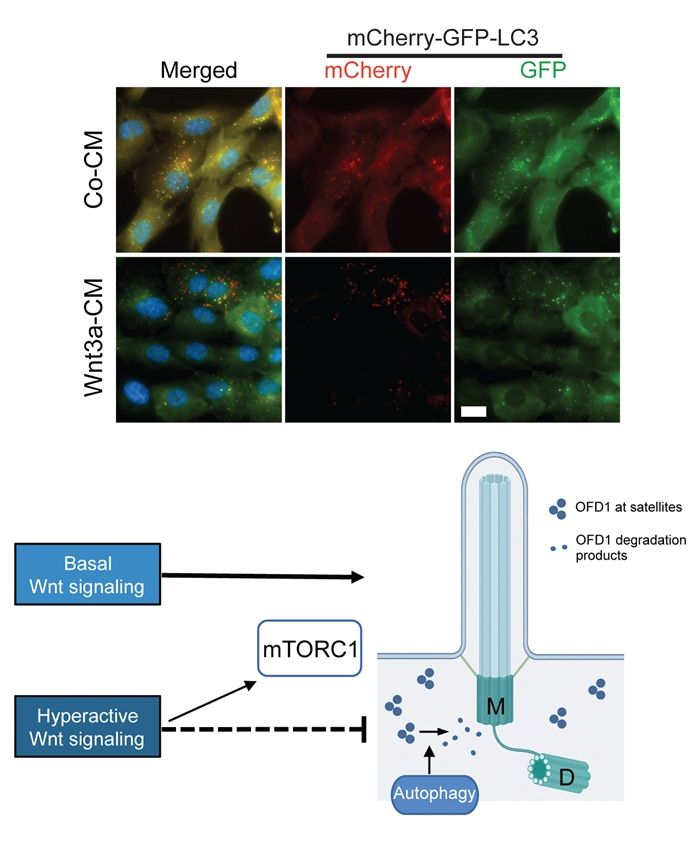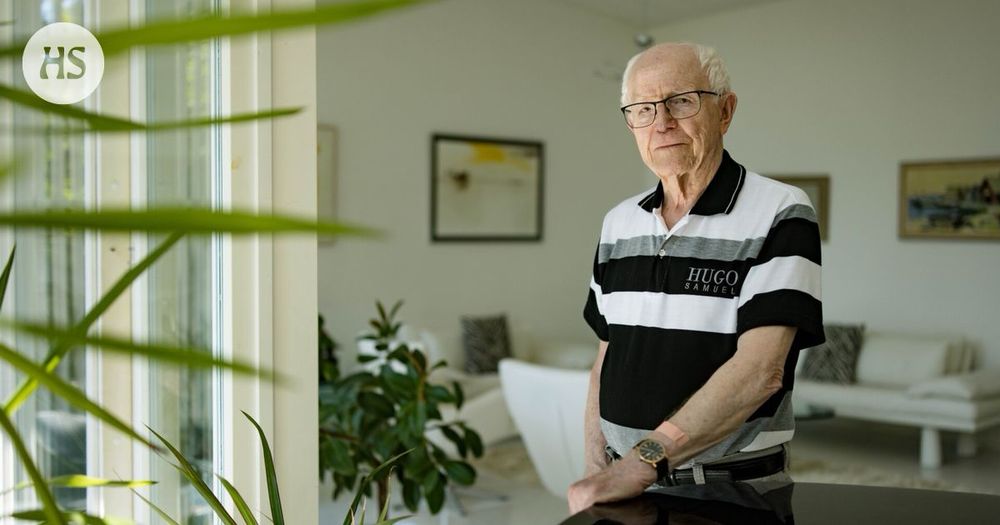
www.nature.com/articles/d41...

www.nature.com/articles/d41...

www.nature.com/articles/s41...
www.nature.com/articles/s41...
@chiarafornetto.bsky.social
For a breakdown, see the bluetorial from when we posted the preprint: bsky.app/profile/neur...
Funding: @erc.europa.eu @wellcometrust.bsky.social @ukri.org @leverhulme.ac.uk @thelisterinstitute.bsky.social

www.science.org/doi/10.1126/...


@science.xyz implanted 38 patients with macular degeneration with the PRIMA subretinal implant. Paired with camera-equipped glasses, the system improved central vision in 80% of participants, allowing them to read again
@maxhodak.bsky.social #neuroskyence

@science.xyz implanted 38 patients with macular degeneration with the PRIMA subretinal implant. Paired with camera-equipped glasses, the system improved central vision in 80% of participants, allowing them to read again
@maxhodak.bsky.social #neuroskyence
Basic science is the engine that makes it all work.
Janni changed the world through her work in fruit fly embryonic development that taught us about evolution, transcription and cell fate during development.
Read about the epic screen that yielded her Lasker Award-winning results: ow.ly/Pz2050PYFsz #WomenInSTEM 🧪

Basic science is the engine that makes it all work.
Janni changed the world through her work in fruit fly embryonic development that taught us about evolution, transcription and cell fate during development.


All traffic should not automatically be redirected from the old URLs, but please update your links.
Heads up: @pittophthalmology.bsky.social
All traffic should not automatically be redirected from the old URLs, but please update your links.
Heads up: @pittophthalmology.bsky.social


🌍 Join @lampertlab.bsky.social , @antoniospantazis.bsky.social, @khannalabuf.bsky.social, and others.
💡 Submit abstracts by the 26th of September, 2025:
lnkd.in/eDhPUVKd
💻 More info:
lnkd.in/eJw9pfMz

Time is running out to nominate a worthy colleague for an @iser.bsky.social International Prize!
Deadline for the Balasz, Bárány, and Kayser awards is September 8! Get nominatin'!
iser.org/page/Awards_...

Time is running out to nominate a worthy colleague for an @iser.bsky.social International Prize!
Deadline for the Balasz, Bárány, and Kayser awards is September 8! Get nominatin'!
iser.org/page/Awards_...

@iser.bsky.social is now accepting nominations for its prestigious international prizes! 🏆
📅 Deadline: September 8, 2025
🔗 lnkd.in/eUQMFGsr
Don’t miss the chance to recognize excellence in our field — submit your nomination today!
@iser.bsky.social is now accepting nominations for its prestigious international prizes! 🏆
📅 Deadline: September 8, 2025
🔗 lnkd.in/eUQMFGsr
Don’t miss the chance to recognize excellence in our field — submit your nomination today!
Paras on silti tämä:
”-Mitä sanoisit 20-vuotiaalle itsellesi?
-En kaksikymppisenä kuuntelisi näin vanhojen miesten neuvoja.”

Paras on silti tämä:
”-Mitä sanoisit 20-vuotiaalle itsellesi?
-En kaksikymppisenä kuuntelisi näin vanhojen miesten neuvoja.”
🚨Call for papers - Ion channels and channelopathies🚨
Deadline: 27 October 2025 #BMCBiology
Guest Editors:
Zhuo Huang, Peking University
Soile Nymark @snymark.bsky.social, Tampere University
www.biomedcentral.com/collections/...
#ImmunoSky #NeuroSky #calcium 🧪

🚨Call for papers - Ion channels and channelopathies🚨
Deadline: 27 October 2025 #BMCBiology
Guest Editors:
Zhuo Huang, Peking University
Soile Nymark @snymark.bsky.social, Tampere University
www.biomedcentral.com/collections/...
#ImmunoSky #NeuroSky #calcium 🧪

